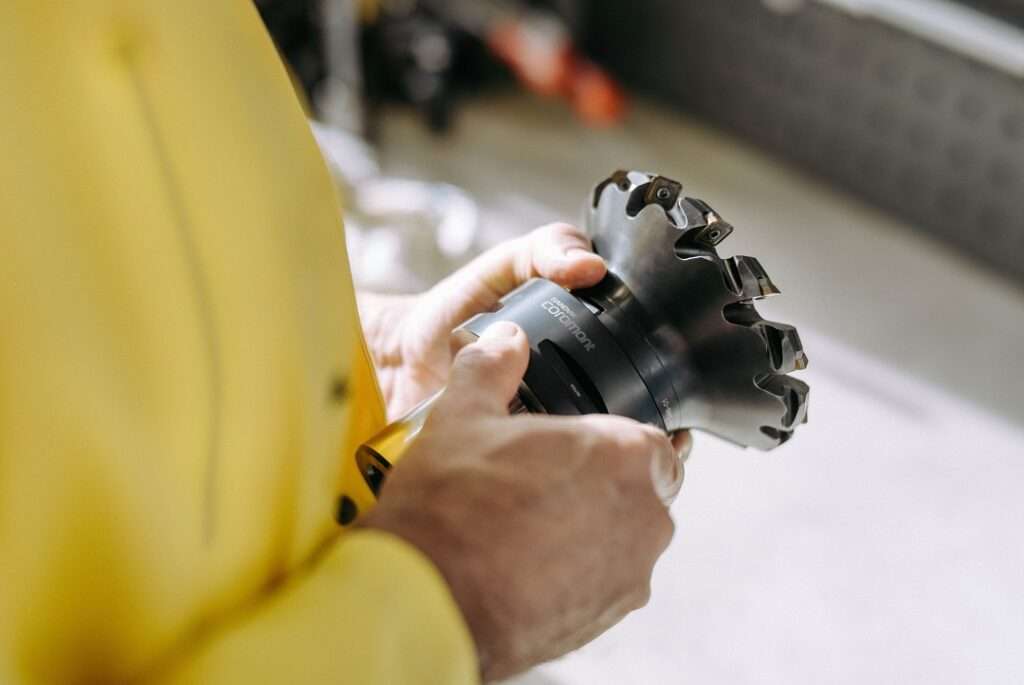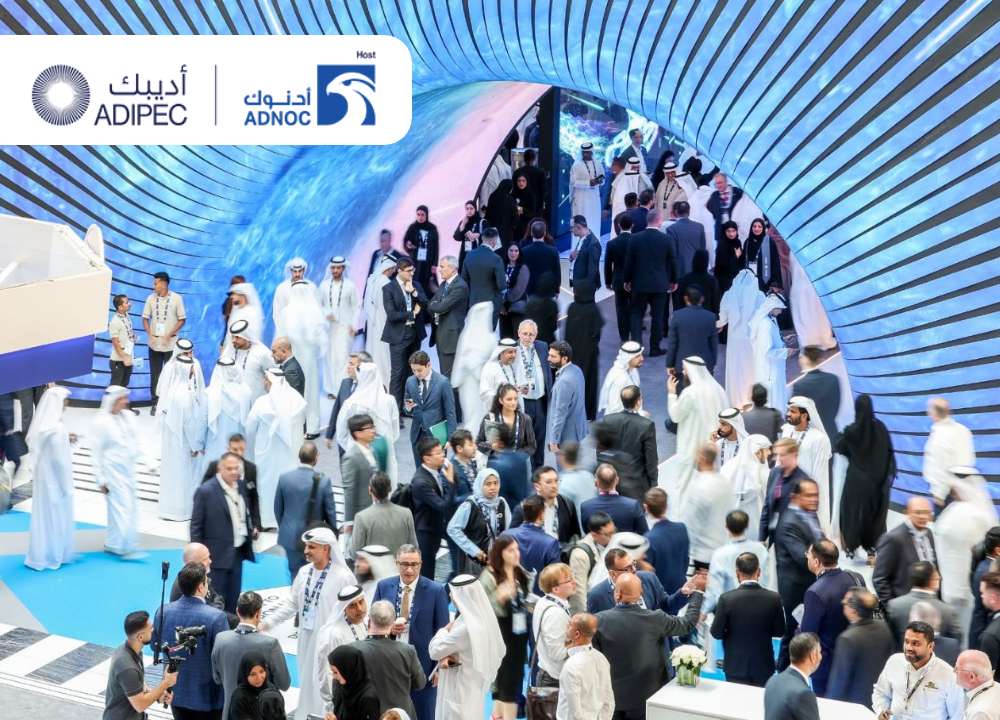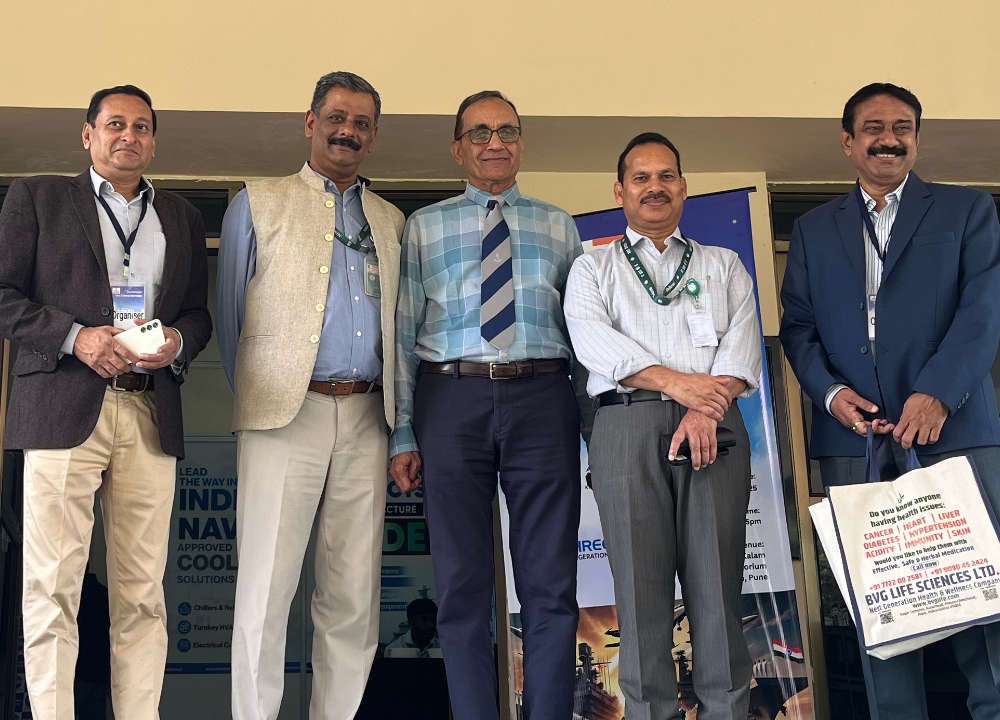Marking a significant step towards achieving net-zero emissions, Union Minister for Steel and Heavy Industries Shri H.D. Kumaraswamy introduced India’s Green Steel Taxonomy on December 12, 2024, at Vigyan Bhavan, New Delhi. This pioneering initiative positions India as the first country to establish a standardized definition of green steel, aimed at decarbonizing the steel sector by 2070.
The event was attended by Shri Bhupathi Raju Srinivasa Varma, Minister of State for Steel and Heavy Industries, senior officials from the Steel Ministry, public sector enterprises, industry representatives, academics, think tanks, and international delegates, including members of the European Union.
Green steel is defined by its carbon emissions during production, with a benchmark set at less than 2.2 tonnes of CO2 per tonne of finished steel (tfs). This threshold serves as the baseline for determining the environmental impact of steel production.
The level of emissions reduction below this benchmark establishes the “greenness” of the steel, encouraging producers to adopt cleaner and more sustainable manufacturing practices. The taxonomy introduces a star rating system to classify green steel based on emissions levels.
A five-star rating is awarded for emissions below 1.6 tCO2/tfs, a four-star rating for emissions between 1.6 and 2.0 tCO2/tfs, and a three-star rating for emissions between 2.0 and 2.2 tCO2/tfs. Steel with emissions exceeding 2.2 tCO2/tfs does not qualify for a green rating, emphasizing the commitment to strict environmental standards in the industry.
The taxonomy introduces a star rating system to classify green steel based on emissions levels. A five-star rating is awarded for emissions below 1.6 tCO2/tfs, a four-star rating for emissions between 1.6 and 2.0 tCO2/tfs, and a three-star rating for emissions between 2.0 and 2.2 tCO2/tfs. Steel with emissions exceeding 2.2 tCO2/tfs does not qualify for a green rating, emphasizing the commitment to strict environmental standards in the industry.
During the launch, Shri Bhupathi Raju Srinivasa Varma emphasized the importance of the taxonomy in fostering innovation and creating a market for low-carbon steel. Steel Secretary Shri Sandeep Poundrik reiterated the need for collaborative efforts to achieve emission intensity targets of 2.2 tCO2/tfs by 2030.
The event also included stakeholder consultations on the draft National Mission on Green Steel (NMGS) and Green Steel Public Procurement Policy (GSPPP). Feedback from industry representatives will be reviewed to finalize these frameworks.
With this initiative, the Ministry of Steel underlines its commitment to sustainable growth, envisioning the Indian steel sector as a key player in the nation’s journey toward environmental and economic progress. The program concluded with a vote of thanks by Smt. Neha Verma, Director of the Ministry of Steel.








